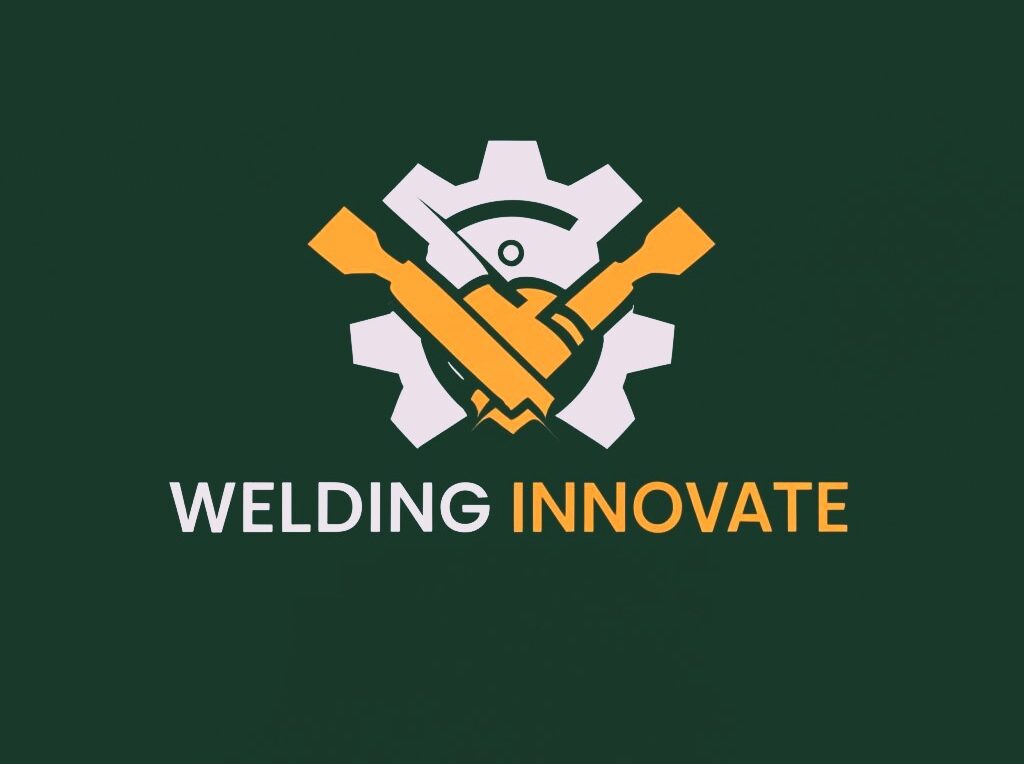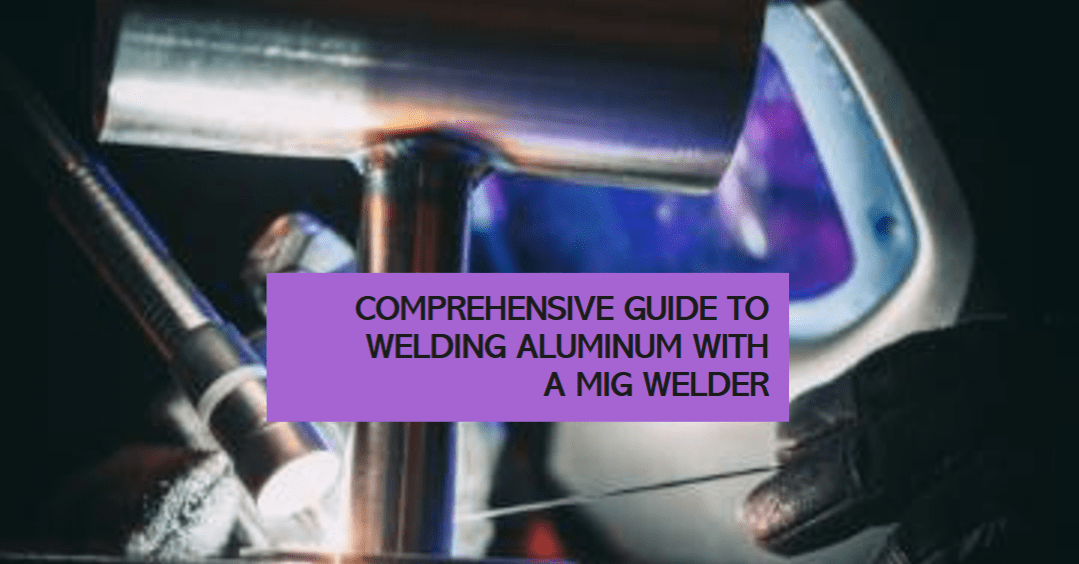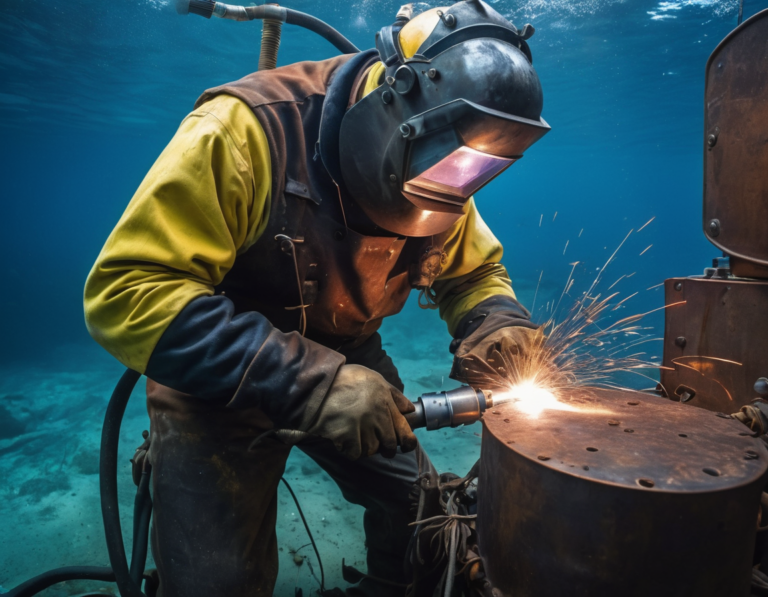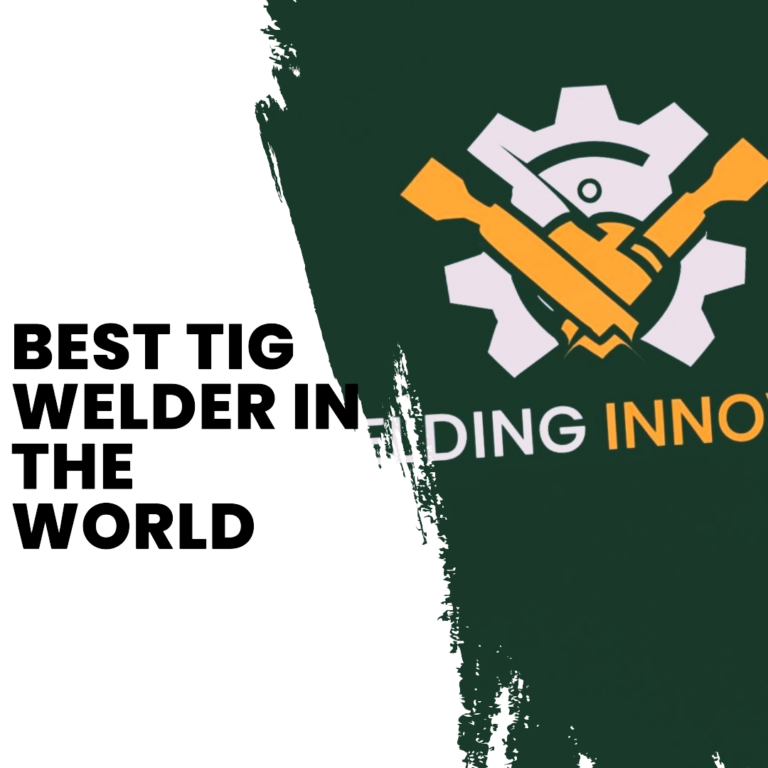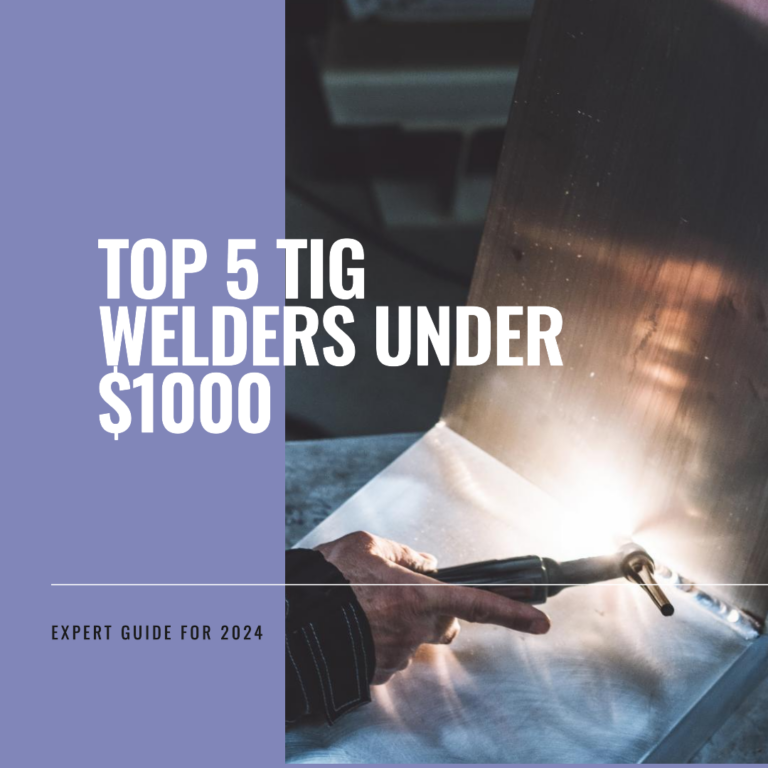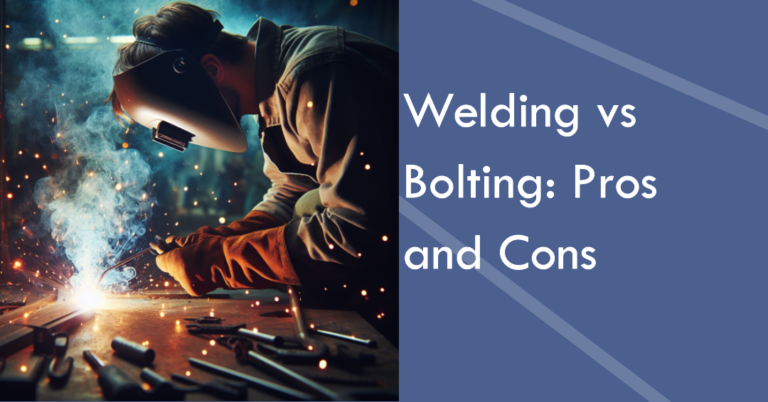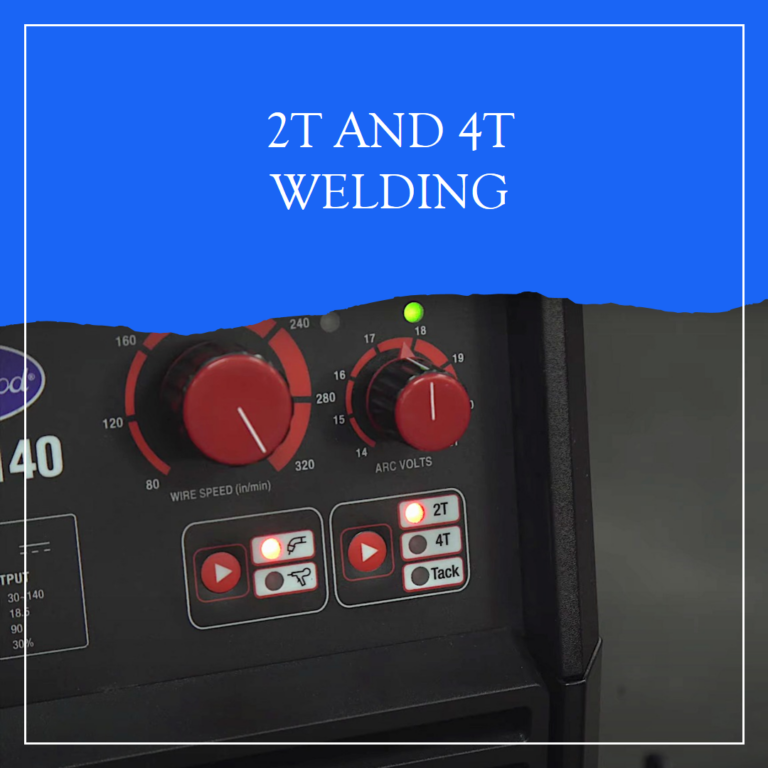Aluminum has become ubiquitous across many industries due to its viele desirable properties. Its lightweight yet strong nature makes it ideal for applications ranging from automobile manufacturing to building construction. While aluminum fabricating often utilizes TIG welding using a tig welder, MIG welding aluminum using a mig machine has been growing in popularity as the equipment and techniques have improved.
MIG welding aluminum relies on continuously fed aluminum filler metal wire joining two aluminum workpieces when an electrical arc is struck. To successfully MIG weld aluminum, a spool gun is often needed to provide the additional torque required to feed the soft aluminum wire. The MIG welding gun provides constant shielding gas like argon or helium over the weld pool using a spool gun to protect against oxidation as the molten aluminum solidifies. When done properly using spray transfer, MIG welding provides nice weld bead appearance and excellent corrosion resistance.
The main advantages of MIG welding aluminum compared to TIG welding aluminum include the ability to fill uneven edges, weld large thicknesses, achieve high welding speed, and improve welded joint seals. MIG also has a higher deposition rate and ease of automation. However, proper attention still needs to be paid to joint design, surface cleaning, shielding gas selection, wire feed speed, torch angle and other parameters to successfully mig weld aluminum. With practice and fine-tuning of your MIG machine, you can achieve visually appealing and structurally sound aluminum welds to meet whatever need to weld aluminum arises.
Comparison table between MIG vs TIG welding aluminum
| Comparison Factor | MIG Welding Aluminum | TIG Welding Aluminum |
|---|---|---|
| Equipment Cost | Lower – basic MIG welder sufficient | Higher – more advanced AC/DC TIG welder required |
| Operator Skill Level Needed | Moderate – practice adjusting settings/technique necessary | High – extremely precise hand coordination for TIG arc |
| Duty Cycle | Higher – less prone to overheating issues | Lower – slower process means cooling is a concern |
| Deposition Rates | 1-10 lbs per hour typically | Usually lower for most welders, under 3 lbs/hour |
| Joint Fit-up Stringency | Moderate gaps OK if beveled properly | Very tight fit-up needed for successful welds |
| Penetration Capability | Lower penetration into thicker sections | Can weld thicker aluminum with full penetration |
| Welding Speeds | Generally faster travel speeds | Slower travel needed for precise puddle control |
| Weld Appearance | Uniform, consistent-looking welds | Ability to make visually cleaner and more attractive welds |
| Oxidation Concerns | Must still remove oxide layer pre-weld | Removes oxides ahead of the arc during welding |
| Distortion/Shrinkage Issues | Can still cause some part warping | Lower heat input reduces warping tendency |
| Typical Applications | Sheet metal, trailers, railing, machinery | Aircraft components, ornamental work, delicate parts |
Exploring the Unique Properties of Aluminum
Aluminum possesses some unique qualities that require special considerations when MIG welding, including:
- High thermal conductivity – Aluminum readily conducts heat away from the weld area, making it difficult to maintain sufficient heat input.
- High reflectivity – The shiny surface of aluminum reflects laser/arc welding energy rather than absorbing it, necessitating higher power/current setting.
- Tenacious oxide layer – Aluminum quickly oxidizes when exposed to atmosphere, so the oxide layer must be thoroughly removed before welding.
- High coefficient of thermal expansion – Aluminum expands more than other metals when heated, placing great importabce on proper torch angle and technique to prevent cracking.
- Susceptibility to burn-through – The low melting point of aluminum compared to its thermal conductivity increases tendency of burn-through.
These properties lead aluminum to respond quite differently during the MIG welding process compared to steel or other alloys. Proper machine settings, joint preparations, shielding methods, and technique become critical to overcoming the difficulties posed.
Challenges and Considerations for MIG Welding Aluminum
MIG welding aluminum presents some specific challenges that need to be addressed to achieve quality welds consistently:
Porosity – Hydrogen and other dissolved gases tend to come out of solution when aluminum solidifies after welding, leading to porous welds. Fortunately, modern aluminum MIG wires are engineered to minimize this.
Oxidation – Aluminum oxidizes rapidly when molten. Thus, adequate gas shielding of the weld puddle using 100% argon is a must.
Lack of fusion – The tenacious aluminum oxide layer can prevent proper fusion between the base material and filler wire. Vigorous cleaning procedures must be followed.
Distortion and cracking – Aluminum’s high coefficient of thermal expansion means the metal moves a great deal during heating and cooling of the weld process. Fixturing and joint design needs to accommodate this.
Burn-through – It’s easy to burn holes straight through thin aluminum. Welding parameters and travel speeds need adjustment compared to steel to prevent this.
These factors mean welding aluminum with MIG requires attention to detail, specialized quality filler wire, and practice adjusting welder settings to achieve a dialed-in process.
Key Takeaways on MIG Welding Aluminum:
- Clean joint surfaces extremely well to remove the oxide layer
- Use 100% argon shielding gas for preventing oxidation.
- Employ a “push-pull” MIG gun to direct the arc plasma.
- Adjust travel speed and wire feed rate to prevent burn-through.
- Expect to use higher power settings than with steel.
- Use 4043 or 5356 filler alloy wire to match base material.
- Take measures to minimize distortion and cracking tendency.
Selecting the Right Equipment & Materials
When it comes to MIG welding aluminum, having the proper equipment and filler metals is imperative for success. The right welding machine, MIG gun, electrode wire, and shielding gas are critical elements.
Choosing the Right Aluminum MIG Wire
There are a few aluminum welding alloys used for MIG filler material, with ER4043 and ER5356 being the most common for mechanical and structural applications.
4000 Series
The 4043 alloy contains 5% silicon and 4.5-6% magnesium as the major alloying elements. The silicon promotes fluidity in the molten weld pool for better wetting action and flow characteristics. The magnesium serves to scavenge oxygen, thereby reducing oxide inclusions and porosity.
5000 Series
ER5356 contains 0.25% magnesium and up to 0.6% manganese as the primary alloy constituents. ER5356 is another common aluminum MIG wire that can be used for welding most types of aluminum alloys, especially those with high magnesium content, such as 5000 and 6000 series. ER5356 has a higher melting point and lower fluidity than ER4043, which makes it more difficult to weld and produce a rougher weld bead. However, ER5356 has a higher tensile strength and ductility than ER4043, which makes it more suitable for high-strength or critical applications. ER5356 also has good resistance to cracking, corrosion, and saltwater.
The size of the aluminum MIG wire also affects the welding process and results. Generally, the wire size should match the thickness of the base metal and the amperage range of the welding machine. However, other factors, such as joint design, weld position, and travel speed, can also influence the wire size selection. The table below shows some common wire sizes and their recommended applications:
| Wire Size | Base Metal Thickness | Amperage Range | Application |
|---|---|---|---|
| 0.030 in. | 0.030 – 0.125 in. | 70 – 150 A | Thin aluminum sections, sheet metal, auto body repair, etc. |
| 0.035 in. | 0.060 – 0.250 in. | 100 – 200 A | Medium aluminum sections, tubing, piping, etc. |
| 0.045 in. | 0.125 – 0.375 in. | 150 – 250 A | Thick aluminum sections, structural components, etc. |
What gas to use for aluminum mig welding?
For MIG welding aluminum, pure argon shielding gas is used rather than argon mixes containing CO2 like with steel. Argon provides better cleaning action and protects the vulnerable molten aluminum from rapid oxidation. Flow rates are set higher as well around 25-40 cubic feet per hour.
| Factor | Pure Argon | Argon-Helium Mixtures |
|---|---|---|
| Arc stability | Stable and smooth arc, easy to start and maintain | Less stable and smooth arc, harder to start and maintain |
| Arc voltage | Lower arc voltage, less heat input and penetration | Higher arc voltage, more heat input and penetration |
| Arc length | Shorter arc length, less spatter and distortion | Longer arc length, more spatter and distortion |
| Weld pool control | Easier weld pool control, less fluidity and sagging | Harder weld pool control, more fluidity and sagging |
| Weld bead shape | Narrower weld bead, less reinforcement and undercut | Wider weld bead, more reinforcement and undercut |
| Weld bead appearance | Brighter and shinier weld bead, more cleaning action and oxide removal | Duller and grayer weld bead, less cleaning action and oxide removal |
| Gas flow rate | Lower gas flow rate, less gas consumption and cost | Higher gas flow rate, more gas consumption and cost |
Utilizing a Push-Pull Gun for Best Results The push-pull torch keeps the arc focused on the workpiece for better directional control. The additional cooling also keeps the gun cooler and prevents issues from excessive heat build up. The gooseneck design permits easier positioning for out-of-position welds.
Setting Up Your MIG Welder for Aluminum
Your welder needs proper polarity and process settings configured for aluminum’s properties before tackling aluminum MIG welding on any project.
Establishing the Correct Amperage & Wire Speed
Higher amperages in the 150-250 amp range are used to generate sufficient heat input to compensate for aluminum’s conductivity. Inverting the polarity so electrode negative flows from the workpiece helps concentrate the arc. Wire feed speeds starting around 300 ipm as a baseline also aid bridging the arc gap.
The table below summarizes some of the factors that can affect the choice of amperage and wire speed:
| Factor | Effect | Guideline |
|---|---|---|
| Base metal thickness | Thicker base metal requires higher amperage and wire speed to achieve adequate penetration and fill the gap | Increase the amperage and wire speed by about 25 A and 100 in./min. for every 0.0625 in. increase in base metal thickness |
| Filler metal type and size | Different filler metals have different melting points and fluidity, which affect the heat input and deposition rate. Smaller wire diameters require higher wire speed to achieve the same deposition rate as larger wire diameters | Use ER4043 for easier welding and smoother weld bead, use ER5356 for higher strength and ductility. Use 0.030 in. wire for thin aluminum sections, use 0.035 in. wire for medium aluminum sections, use 0.045 in. wire for thick aluminum sections |
| Shielding gas type and mixture | Different shielding gases have different arc characteristics and heat input, which affect the penetration and weld profile. Argon-helium mixtures require higher amperage and wire speed than pure argon to achieve the same penetration and deposition rate | Use pure argon for most applications, use argon-helium mixtures for thick or jointed aluminum. Increase the amperage and wire speed by about 10% for every 25% increase in helium content |
| Joint design and fit-up | Different joint designs have different gap widths and angles, which affect the heat input and fill the gap. Wider gaps require higher amperage and wire speed to achieve adequate penetration and fill the gap | Use butt joints for thin aluminum sections, use V-groove joints for medium aluminum sections, use U-groove joints for thick aluminum sections. Maintain a gap width of about 10-15% of the base metal thickness, increase the amperage and wire speed by about 25 A and 100 in./min. for every 0.0625 in. increase in gap width |
Using Direct Current Electrode Positive (DCEP) Polarity
The Electrode Positive configuration directs electron flow away from the aluminum workpieces towards the torch. This puts 2/3rds of the arc heat onto the metal, facilitating fusion of the aluminum and filler wire.
Setting the Gas Flow Rate High, Then Fine-Tuning
Initially setting a higher gas flow between 30-40 CFH sweeps away aluminum oxides. As welding progresses, the shielding gas can be turned down incrementally once the aluminum surface is cleaned to 20-25 CFH. Too low of a flow risks oxygen contamination.
Prepping & Cleaning Aluminum Before Welding
With aluminum’s stubborn oxide layer, preparatory work before welding becomes particularly vital. Thorough cleaning and etching procedures ensure proper welding.
Preparing the Aluminum Surface for Welding
All aluminum surfaces to be welded must go through a multi-step cleaning process:
- Solvent cleaning with acetone to degrease
- Mixing a stainless steel brush with a chemical etching solution
- Rinsing off any residue with hot water
- Wiping the surface with acetone right before welding
The goal is to fully expose reactive, oxide-free aluminum to achieve solid joint fusion.
Cleaning Techniques for Optimal Welding Results
Some effective methods of removing aluminum’s oxide layer right preceding welding include:
- Wire brushing – Immediately wire brushing the area pre-weld
- Stainless steel scraping – Lightly scraping with a stainless steel hand brush
- TIG torch cleaning – Quickly swiping a lit TIG torch to melt the oxides
- Dedicated aluminum brush – Special soft brush that removes oxide
Whichever technique is used, the critical aspect is to wipe off the cleaned area and weld before any reoxidation. With aluminum’s extreme affinity for oxygen, this window is narrow – less than a minute before enough oxide reforms to potentially compromise the weld.
Mastering MIG Welding Techniques for Aluminum
Proper welding technique is crucial when you’re welding MIG aluminum to achieve strong, attractive-looking welds free of defects. It takes practice adjusting to aluminum’s quick heating and cooling cycles compared to welding mild steel.
Managing Travel Speed
Travel speed needs to be varied based on material thickness and welding position. In general, travel faster than when you’re welding steel. Thin sections like sheet metal require faster travel to prevent burn-through. Thicker sections allow slower speed to get full penetration ideal for welding thicker materials.
Minding Torch Angle and Travel Direction
The torch angle must be kept perpendicular to the joint plane, rather than the typical 10-15° push angle used for welding steel MIG welding. This prevents the arc from diverting away and concentrating too much heat on the edges. For lap joints, weld in the direction of the upper piece.
Maintaining Proper Tip-to-Work Distance
Carbon steel allows you to bury the wire deep into the joint. But with aluminum, the contact tip should be held further away, at least 1⁄2 inch from the workpiece. If contacted directly, the aluminum will stick and create craters on the face when welding. Use a wire brush dedicated to aluminum to clean wire burning back before the end of the weld.
MIG welding aluminum requires managing heat input carefully compared to standard MIG welding tips used for welding mild steel. It takes an experienced welder necessary to MIG weld aluminum properly using the MIG process. But once mastered, MIG is ideal for welding aluminum.
Troubleshooting Common Aluminum MIG Welding Issues
No welder gets everything right on the first try when attempting to mig weld aluminum. Becoming adept at identifying flaws and their causes when MIG welding aluminum leads to faster improvement. Since aluminum melts at a lower temperature compared to mild steel, it can be more difficult to weld correctly. But with the right technique and quality MIG welding equipment, beginners can successfully weld aluminum.
Preventing Burn Through
To stop welding holes in thinner aluminum, reduce amperage, increase travel speed, adjust torch angle closer to perpendicular, or clamp additional metal underneath to act as a heat sink. Changing to a smaller diameter MIG wire can also help prevent wire burn through. Especially if welding thin aluminum alloys, managing heat input is necessary to avoid over-penetrating the base aluminum.
Achieving Clean Welds
Dirty welds with brown spots and sooty appearance mean oxides got mixed into the weld. Check that argon gas flow remains sufficient after any adjustments. The aluminum wire itself may have picked up humidity or a dirty MIG torch can contaminate the aluminum surface. It’s best to clean the aluminum with a wire brush dedicated for aluminum use before welding to prevent oxides.
Avoiding Cracking and Porosity
Cracks from solidification shrinkage arise from not managing heat buildup. Retreating the same weld area too many times overheats the surrounding aluminum. Porosity comes from hydrogen dissolved in the molten aluminum. Use quality aluminum wire with controlled degassing additives. When welding thicker aluminum, consider alternating between push welding and drag welding to ensure proper fusion with the base metal.
Ensuring Proper Wire Feeding If the MIG wire feeds inconsistently or stubs against the contact tip, a few things may cause issues. Try loosening the wire tensioner feed rollers, check the liner isn’t kinked inside the torch lead, or replace a worn contact tip. Quality MIG welding equipment is ideal for trouble-free aluminum welding.
Pros and Cons of MIG Welding Aluminum
After covering the major considerations working with this unique metal, what are the advantages and disadvantages of aluminum MIG welding overall?
From my years welding aluminum of various alloy grades and gages, a few observations stand out…Sharing Personal Insights and Experiences
Advantages:
- Strong, lightweight welds ideal for vehicles, trailers, aircraft, and more
- Uniform weld appearance and quality with automated MIG process
- Excellent corrosion resistance from alloys like 5356 and 5183
- Higher travel speeds possible for increased productivity -materials
- Less post-weld cleanup required compared to stick welding
Challenges:
- Managing distortion stresses requires fixturing and joint design considerations
- More difficult troubleshooting porosity and fusion issues
- Generally lower strength than steel; 5356 alloy only has a tensile strength around 30,000 psi
- Potential burn-through risks require increased operator skill
- Higher equipment costs for MIG unit capable of pulse aluminum welding
In essence, aluminum MIG welding presents higher demands on the welder to understand the intricacies of the process. But in skilled hands, it allows efficiently producing very functional and visually-appealing aluminum weldments. The years I’ve spent dialing in my aluminum MIG welding parameters have paid dividends in broadening the applications I can take on.
Conclusion & Next Steps
Aluminum MIG welding relies on the operator’s full command of the specialized setup and techniques required. Choosing suitable alloys for both base and filler metals provides a foundation. Taking extensive steps to remove aluminum’s oxide layer through cleaning and etching precedes quality welding. From there, configuring the constant-voltage MIG welder for the higher heat levels needed gives the process control necessary. And employing a push-pull MIG torch affords superior shielding gas coverage over the weld.
With the right equipment and preparations accounted for, honing travel angle, speed, and tip distance allows dialing in strong, precision aluminum welds free of porosity and other defects. Final finish work also becomes less extensive compared to other aluminum welding processes. While aluminum does have its quirks, its MIG weldability continues advancing to open up many possibilities from trailers to sign frameworks.
Encouraging Further Exploration and Practice
I highly recommend all welders interested in advancing their skills give aluminum MIG welding a try. Start with some basic techniques and samples on 1/8 inch 5356 alloy plates. As you gain experience with the unique heat and arc plasma behavior, try moving to thinner gauge aluminum sheet and piping to encounter the full range of welding positions. As with any specialty, proficiency requires practice and pushing your limits. But with patience and persistence, aluminum MIG welding can greatly increase the versatility of projects you can take on.
